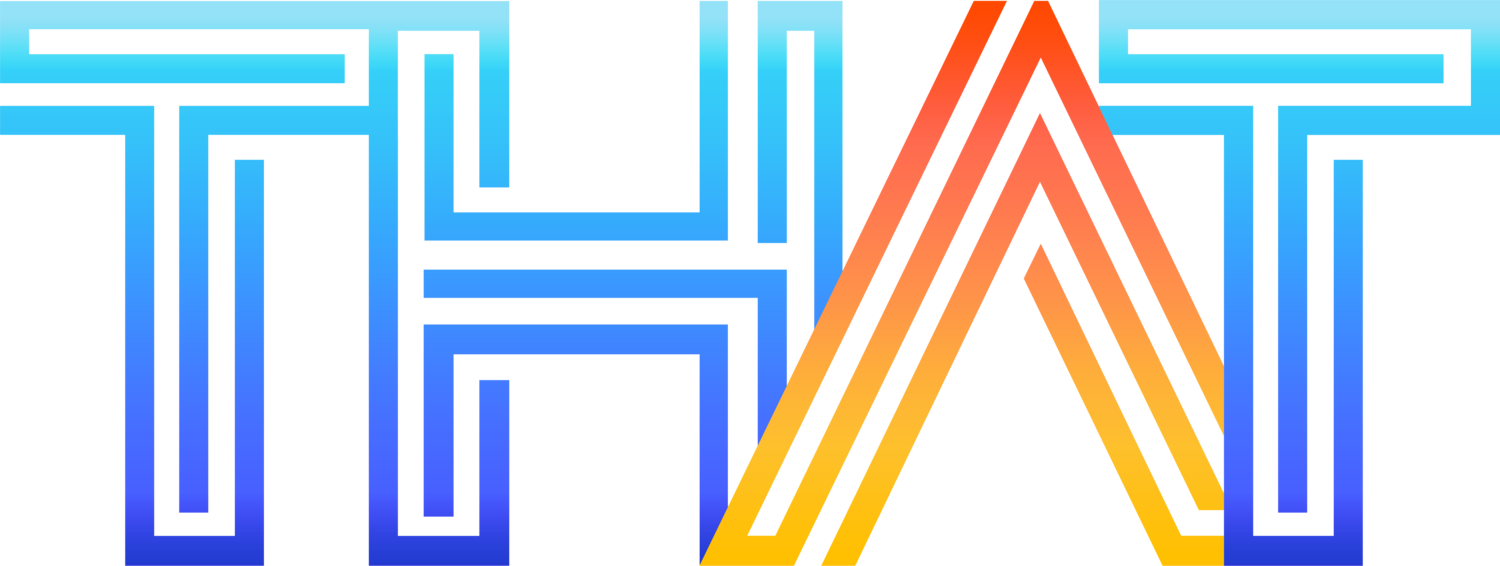Studio Portrait Photography: Experimenting with Different Angles
In the dynamic world of studio portrait photography, the angle from which a photograph is taken plays a pivotal role in shaping the composition, mood, and visual impact of the image. By experimenting with various angles, photographers can unlock new creative possibilities and breathe fresh life into their portraits. In this guide, we'll explore the art of experimenting with different angles in studio portrait photography, uncovering techniques to elevate your work and captivate your audience.
Eye-Level Perspective: Establishing Connection and Intimacy
The eye-level perspective is a classic approach in portrait photography that fosters a sense of connection and intimacy between the subject and the viewer. By positioning the camera at the same level as the subject's eyes, photographers can create a direct line of sight, inviting viewers to engage with the image on a personal level. This angle often results in natural and flattering portraits that showcase the subject's personality and emotions authentically.
Bird's Eye View: Adding Drama and Depth
A bird's eye view perspective offers a unique vantage point that adds drama and depth to studio portraits. By shooting from above, photographers can capture intriguing compositions that highlight patterns, shapes, and textures in the environment. This elevated angle also allows for creative framing options, such as incorporating leading lines or emphasizing symmetry. When used judiciously, the bird's eye view perspective can infuse portraits with a sense of grandeur and visual interest.
Low-Angle Shot: Empowering and Dynamic
A low-angle shot exudes a sense of empowerment and dynamism, placing the subject in a position of authority or prominence. By shooting from below, photographers can accentuate the subject's stature and create a commanding presence within the frame. This angle is particularly effective for portraying confidence, strength, and determination, making it ideal for corporate portraits, fashion editorials, and cinematic-style shots. Experimenting with low-angle shots can add a bold and impactful dimension to your studio portraits.
Dutch Angle: Evoking Tension and Intrigue
The Dutch angle, also known as a canted angle or oblique angle, involves tilting the camera to create a sense of disorientation or unease. This unconventional approach adds visual interest and intrigue to studio portraits, infusing them with a subtle sense of tension or drama. The Dutch angle can be used sparingly to accentuate specific emotions or themes within the image, such as uncertainty, instability, or surrealism. When employed thoughtfully, this technique can elevate your portraits and evoke a powerful emotional response from viewers.
Over-the-Shoulder Perspective: Inviting Narrative and Engagement
The over-the-shoulder perspective offers a voyeuristic glimpse into the subject's world, inviting viewers to become active participants in the narrative. By positioning the camera behind the subject's shoulder, photographers can create a sense of intimacy and immediacy, as if the viewer is peering over the subject's shoulder and sharing their perspective. This angle is particularly effective for storytelling portraits and environmental portraits, where the surrounding context adds depth and meaning to the image. Experimenting with the over-the-shoulder perspective can enrich your portraits and foster a deeper connection with your audience.
Elevating Your Portraits Through Creative Angles
In the realm of studio portrait photography, experimenting with different angles is a powerful tool for unleashing creativity and elevating your work to new heights. By exploring various perspectives—from the classic eye-level view to the unconventional Dutch angle—photographers can imbue their portraits with emotion, drama, and narrative depth. Whether seeking to establish intimacy, evoke tension, or invite engagement, the choice of angle plays a crucial role in shaping the visual language of your portraits. So don't be afraid to think outside the box, push the boundaries, and experiment with angles that challenge convention and spark imagination.
Conclusion
To shoot some really creative angles, consider shooting them at a Toronto photography studio rental.
